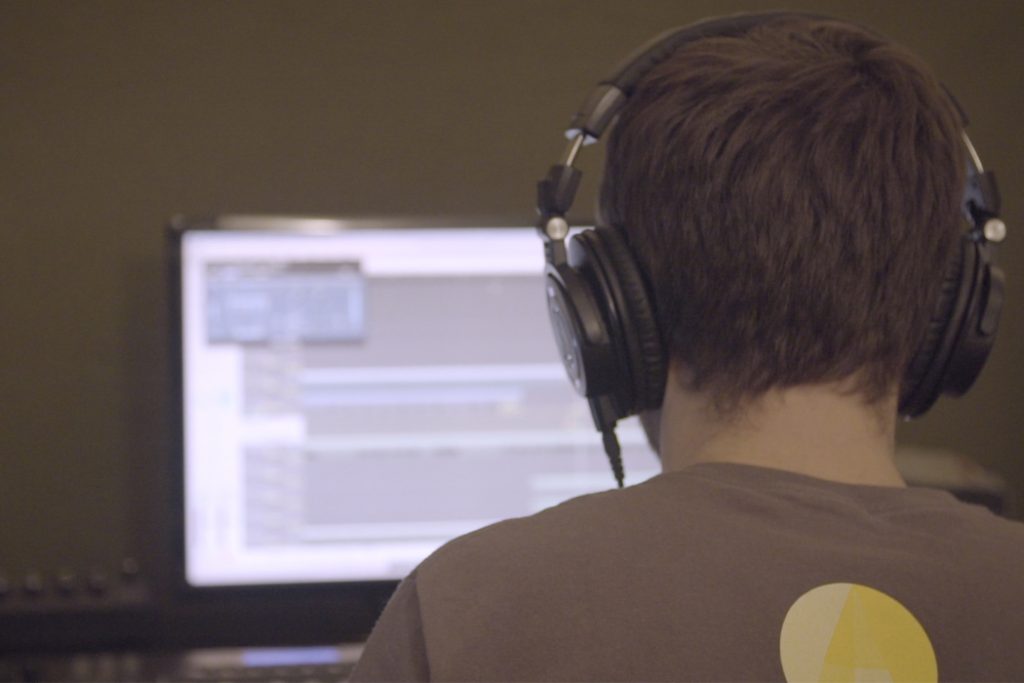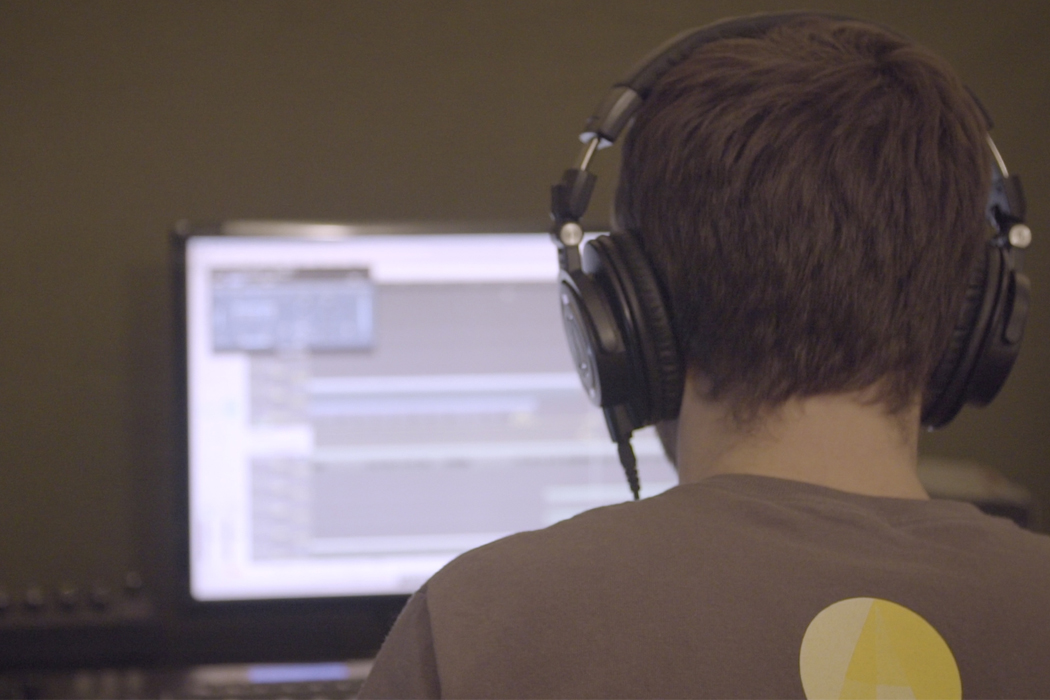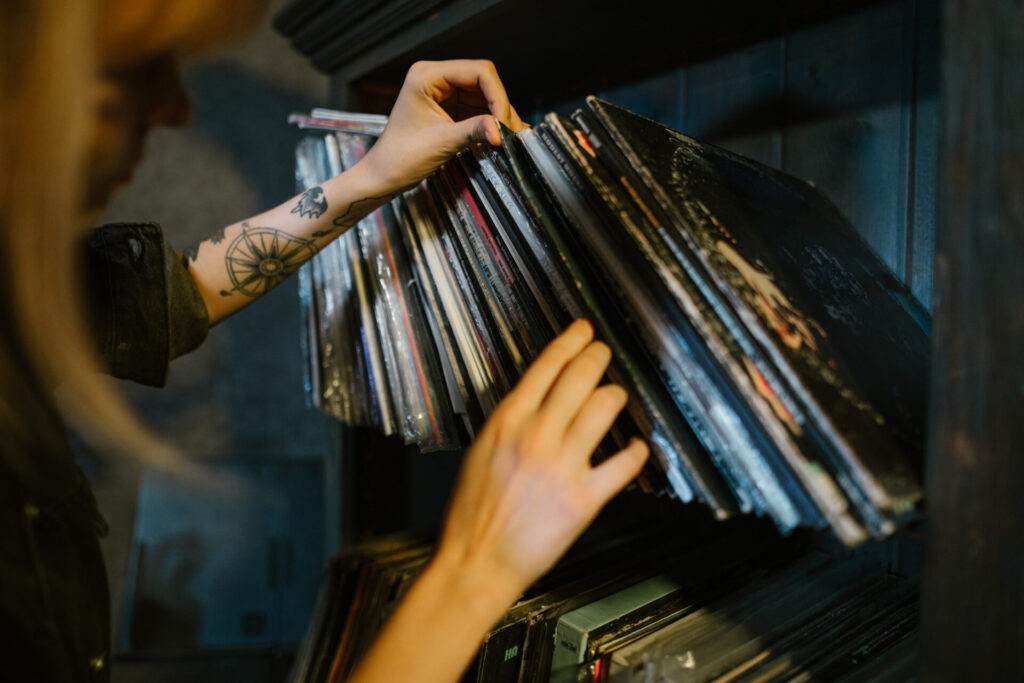With the rise of music distributors and digital music aggregators, it has never been easier for an indie artist to release and monetize their music across the global digital music ecosystem.
The Digital Music Era has significantly lowered the barriers to entry to the top outlets for music search and discovery; and startup entrepreneurs continue to develop and launch new platforms to innovate search, discovery, sharing, and access.
Today, music fans can easily access music from their favorite artists or discover new artists to fall in love with, pitting major established artists against their up-and-coming indie artist counterparts. And the music industry is changing for the better as a result. (The Recording Academy now recognizes music released on free services for Grammy Award consideration, and Billboard has accepted YouTube and SoundCloud streams for the purpose of charting.)
Innovation in technology has made it possible for any indie artist with decent enough production tools and access to the Internet to record and release new music at any time. And with thousands of artists pumping out new music, it is no wonder that the industry has grown to over one million new tracks entering the global music market every month.
Each of these tracks begins earning royalties from its first play on any of the 400+ digital music services and 3,000+ webcasters operating around the world. And all of these royalties, billions of dollars of royalties, flow through a complex network of pipelines into various buckets of royalty collection with the ultimate goal of trickling down to the appropriate music creators and rightsholders.
While this sounds straight-forward, for a number of reasons, this is far from a smooth process, and millions of dollars in royalties are, in fact, are not making their way to the music creators and rightsholders to which they are due. Part of the reason starts with you, the music creator. It is especially important for independent artists to understand the various income streams that your releases generate and the ways in which you must be set up to collect your royalties.
Here is an awesome infographic created by Future Music Coalition that visually breaks down how creators are compensated. Below it, I highlight five royalty streams that every indie artist should be set up to collect.

If you plan to release music digitally, you should be aware of and set up to collect all of the royalty streams that your music earns. Your music earns royalties for the use of two different copyrights. The first is the copyright for the composition (song). The second is the copyright for the sound recording (master). These two copyrights earn royalty streams that are collected and paid out by different sources to different income participants, as explained below.
Royalty Stream 1: Performance Royalties for Compositions
With few exceptions, virtually all uses of your composition earn performance royalties. Performance royalties are earned when your composition is played on digital radio-like services (i.e., Pandora), when your composition is accessed and played through on-demand streaming services (i.e., Spotify), and when your composition is performed in venues, bars, and restaurants. All of these companies have performance licenses from one or more performing rights organizations (PROs).
In the United States, ASCAP, BMI, SESAC, and Global Music Rights are the PROs who issue blanket licenses for the performance rights in compositions to digital music services. In return, these services pay royalties to these PROs. The PROs then pay 50% to the songwriter(s) of the composition and 50% to the publisher(s) in accordance with the publishing splits reported to the PRO by the copyright owners.
In order to collect performance royalties, you must join a PRO and register your composition (your songs) and the associated ownership splits (for example, four writers might have equal ownership [25% each] or varied ownership [Writer 1 – 25%, Writer 2 – 50%, Writers 3 – 12.5%, Writer 4 – 12.5%]) to the PRO in a timely manner. One of the reasons music creators and rightsholders do not receive the performance royalties that their compositions earn is because they have not joined a PRO or have not registered their songs with their PRO.
Royalty Stream 2: Mechanical Royalties for Compositions
Mechanical royalties are earned when your composition is reproduced and distributed in phonorecords (a medium in which a sound recording is stored). This includes compositions embodied in sound recordings stored in physical formats (CDs, vinyl, cassette), MP3 permanent downloads (i.e., iTunes), and interactive streams (i.e., Spotify).
In the digital music sector, streaming services secure mechanical licenses either directly from copyright owners or by utilizing the compulsory license as provided by copyright laws. Regardless of how they secure their mechanical license, the major services pay mechanical royalties to Harry Fox Agency (HFA) and Music Reports Inc. (MRI), who then pay the publishers of the composition.
One of the reasons music creators and rightsholders do not receive the mechanical royalties that their compositions earn is because they have not registered their songs with HFA or MRI, who help digital music services secure the mechanical licenses. For unsigned indie artists, this can be much more difficult if you do not have a publisher because HFA only represents eligible publishers who’ve affiliated with them.
MRI is a rights administrator and will issue notices to copyright owners if their digital music service clients intend to utilize the copyright owner’s composition in a manner that requires a mechanical license. Spotify pays HFA mechanical royalties for the compositions used in their platform. Amazon Music pays MRI mechanical royalties for the compositions used in their platform.
(Note that in the United States, iTunes passes the mechanical royalty to the distributor, who then pays the label. If you’re an unsigned artist, then you receive the income since you are your own label. Outside of the United States, iTunes and on-demand services such as Spotify pay mechanical royalties to a mechanical licensing society in the territory represented by the society. In order to capture these foreign mechanical royalties, a publisher or administrator must affiliate with and register the compositions with the foreign mechanical collection society.)
Royalty Stream 3: Permanent Download Royalties for Masters
A permanent download is generally a sales transaction through a digital retail store (e.g., iTunes). This income is passed along to the distributor, who then pays the label (less any applicable commissions). If you’re unsigned artist, then you receive the income since you are your own label.
Royalty Stream 4: Interactive/On-demand Streaming Royalties for Masters
Just like a permanent download, interactive/on-demand streams (i.e., Spotify) of sound recordings generate master use royalties that are passed along to the distributor, who then pays the label (less any applicable commissions). If you’re an unsigned artist, then you receive the royalties since you are your own label.
Royalty Stream 5: Non-Interactive Streaming Royalties for Masters
Unlike a permanent download or interactive/on-demand streams of sound recordings, non-interactive streams are not paid to your distributor. Webcasters and digital services that broadcast recordings over the Internet (i.e., Pandora, iHeart Radio), cable (i.e., Music Choice), and satellite (i.e., SiriusXM) in radio-style programming where the end users/listeners have limited-to-no control over the selection of music (non-interactive) pay a royalty for the digital performance of sound recordings to SoundExchange.
SoundExchange then pays out 45% of the royalties to the featured performers on the recording, 50% to the copyright owner of the master recording, and 5% to a fund for background vocalists and session musicians maintained by AFM and SAG-AFTRA Intellectual Property Rights Distribution Fund. One of the reasons music creators and rightsholders do not receive the non-interactive royalties that their masters earn is because they have neither joined nor registered their tracks with SoundExchange.
When you release music digitally, you should be aware of the various royalty streams that your music earns, where those royalties are collected, and how to claim your earnings. Your distributor is one source of income for two of the royalty streams mentioned. To unlock the rest of your royalties, you’d need a capable publisher and a record company or you’d need to stay on top of the administration yourself.
A great way to keep track of all of these royalties is my platform, TuneRegistry.
TuneRegistry is an all-in-one music and rights metadata management platform for the independent music community. Easily organize and store your song details, recording metadata, credits and ownership splits, and release information in your TuneRegistry account. It’s your robust music catalog manager that’s accessible online, so you don’t have to worry about tracking down emails, storing through documents in various desktop and cloud folders, losing collaborator contact information, or any of the other messy issues that most indie artists face.
The advantage of TuneRegistry over other catalog management systems is that we’ve integrated the registrations process directly to ASCAP, BMI, SESAC, Music Reports, SoundExchange, and many more. Save time, reduce errors, and unlock royalties with our integrated registrations module. We make it super easy to get your music registrations to the organizations and data services who need it.
Want to learn more about how streaming and sales royalties work and how to get the money you deserve? Check out our free course, How to Get All the Royalties You Never Knew Existed, and read up on the differences between getting paid as an “Artist” versus a “Songwriter” here.





